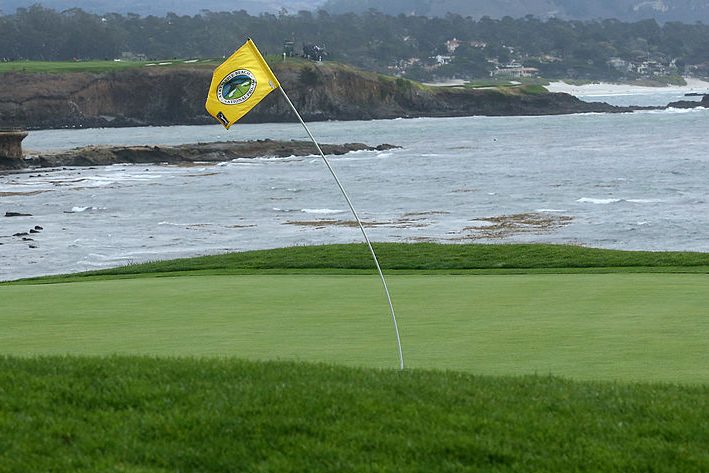Editor’s Note: RealClearLife, a news and lifestyle publisher, is now a part of InsideHook. Together, we’ll be covering current events, pop culture, sports, travel, health and the world.
Bryson DeChambeau and Adam Scott are two of a number of PGA Tour golfers who have been taking advantage of a change to the Rule of Golf that made it legal to putt with the flagstick in the hole.
The change was not met with open arms by many, but Scott — who has struggled mightily with his short game at times — is grateful for it.
“I think I got some disapproving murmurs on the first when I had like a 1 ½ footer and I put the flagstick back in,” Scott said last week after opening with a first-round 69 at the Masters. “But until something doesn’t work I’m going to keep leaving it in.”
In Scott’s case, if it ain’t broke don’t fix it. But others may not want to follow his lead as there is a boatload of scientific evidence which suggests golfers are better off pulling the flagstick nearly 100% of the time.
At the request of Golf Digest, California Polytechnic State University professor Tom Mase — a former Callaway and Titleist employee and member of the publication’s Technical Advisory Panel — did a deep dive into the value of leaving the flagstick in.
Using a Perfect Putter training aid, Mase attempted to answer questions including what happens when a putt hits the flagstick straight on at various speeds and does the flagstick have an effect on a player’s distance and direction control?
His conclusion? For 99.9 percent of putts, there’s no benefit in leaving the flagstick in.
“Let’s say that a golfer is an extremely good putter,” Mase said. “He or she seems to hit the hole or get a piece of the hole every time. Of course, they are not perfect, so assume their putts adhere to what scientists call a ‘normal distribution.’ A normal distribution is basically what we know as a bell curve. For our really good golfer, we’ll assume that the middle of the hole gets the most activity (the top of the bell curve) and then the range of all putts drops off equally left and right of dead center, stretching at the extremes beyond the edges of the hole. These dropoffs, or standard deviations, are broken down into six regions across the 4.25-inch diameter of the hole. Divide 4.25 inches by 6 and you get 0.7083 inches per standard deviation. That means our really good putter only hits the area of the hole 99.73 percent of the time.”
Whether you’re looking to get into shape, or just get out of a funk, The Charge has got you covered. Sign up for our new wellness newsletter today.


















